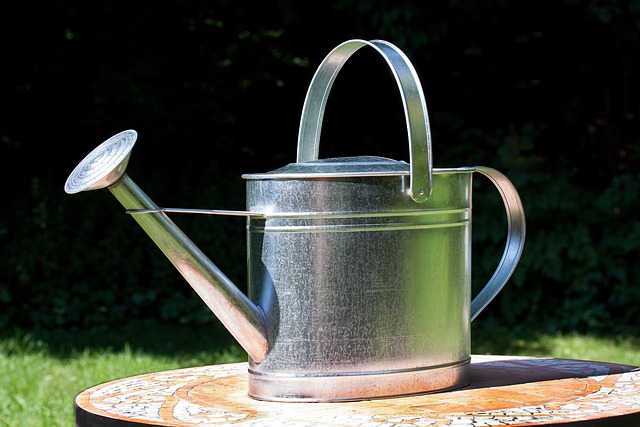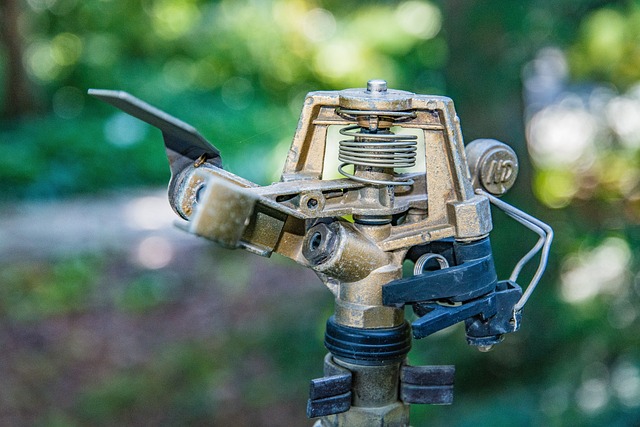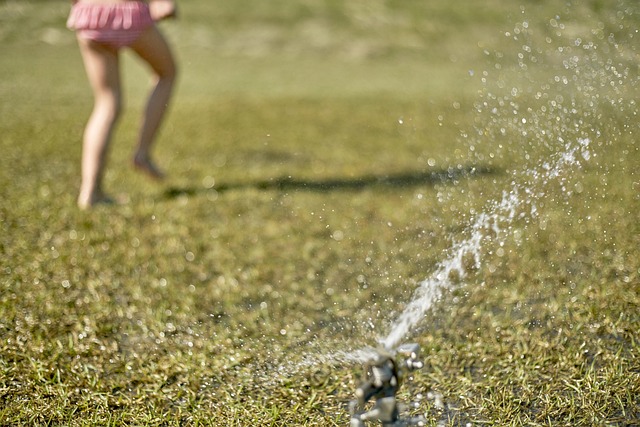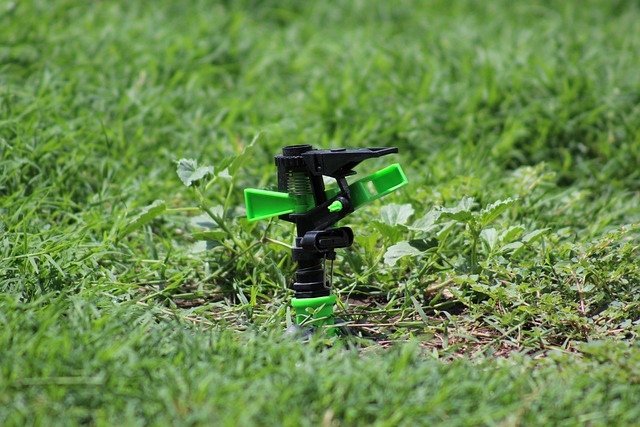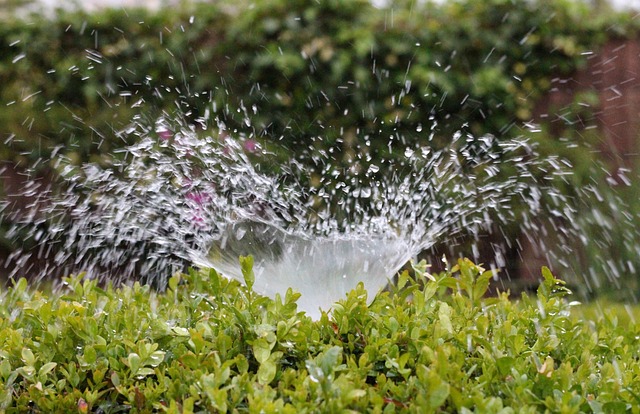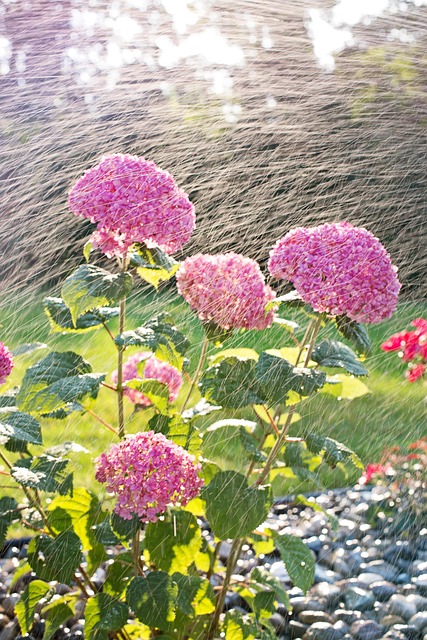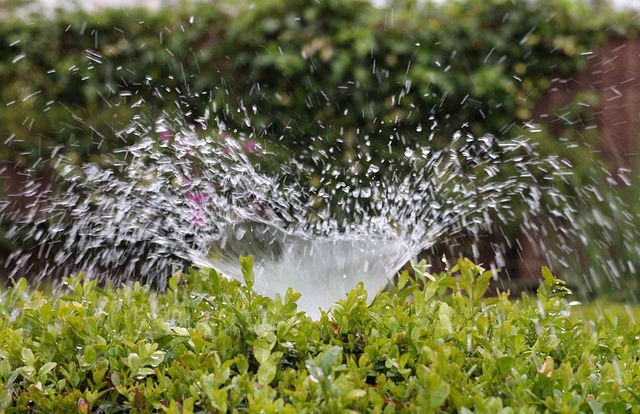Portland, Oregon's automatic sprinkler system installations require adherence to local building codes and OBC regulations for optimal fire safety. Selection and installation should consider property size, climate, water supply, and use of professional installers. The ideal system ensures efficient water distribution, plant growth, fire protection, and long-term cost savings. Regular maintenance is key for optimal system performance promoting landscape health.
“Looking to enhance your Portland, OR property with an efficient irrigation solution? Discover the ultimate guide to automatic sprinkler system installation in this comprehensive overview. We demystify the process, from navigating local regulations to choosing the perfect system for your needs. Learn about a step-by-step installation process from a homeowner’s perspective and unlock the benefits of tailored maintenance tips for optimal performance. Transform your outdoor space with an automatic sprinkler system tailored to Portland’s unique conditions.”
- Understanding Portland OR's Sprinkler System Regulations
- Choosing the Right Automatic Sprinkler System for Your Property
- Step-by-Step Guide to Installation: A Homeowner's Perspective
- Benefits and Maintenance Tips for Efficient Irrigation
Understanding Portland OR's Sprinkler System Regulations
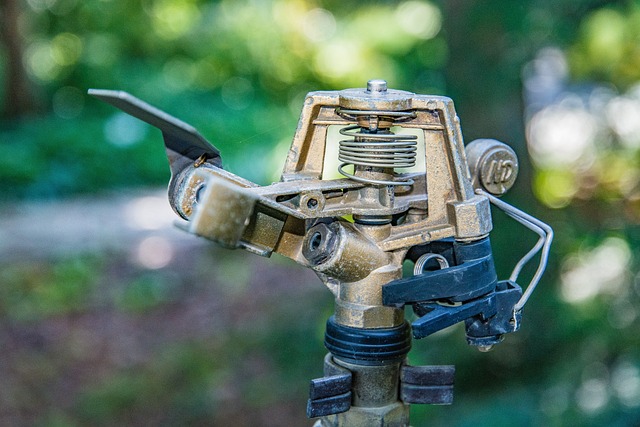
Portland, Oregon, like many cities, has specific regulations and codes governing automatic sprinkler system installations to ensure safety and reliability. These rules are designed to maintain high standards for fire protection in both residential and commercial properties. When planning an Automatic Sprinkler System Installation Portland OR, it’s crucial to familiarize yourself with these local guidelines.
The city’s building department oversees the implementation of the Oregon Building Code (OBC), which includes provisions for sprinkler systems. This code outlines requirements for system design, installation, testing, and maintenance. Understanding these regulations is essential for a successful and compliant Automatic Sprinkler System Installation Portland OR, ensuring your property meets all safety standards while adhering to local laws.
Choosing the Right Automatic Sprinkler System for Your Property
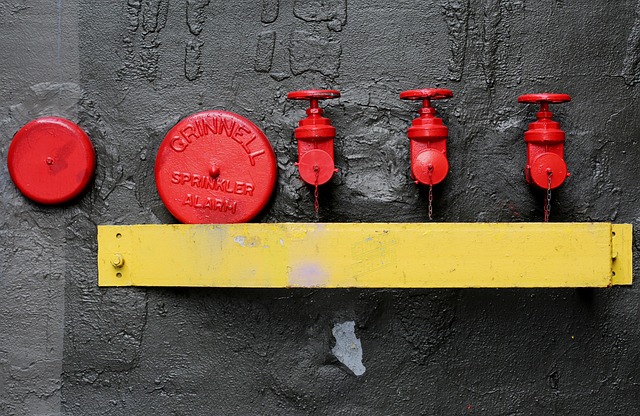
When considering an automatic sprinkler system installation in Portland, OR, choosing the right system is paramount to ensure your property’s safety and longevity. Several factors influence this decision, including the size and layout of your property, local climate conditions, and specific water supply considerations. For instance, a residential property in a dry, warm climate will require a different setup than a large commercial space with diverse landscaping.
Professional installers in Portland OR can help you navigate these complexities. They’ll evaluate your site, recommend suitable system types (e.g., pop-up or buried), and ensure it aligns with local building codes. The right Automatic Sprinkler System Installation Portland OR provides efficient water distribution tailored to your needs, promoting plant growth, fire safety, and long-term cost savings.
Step-by-Step Guide to Installation: A Homeowner's Perspective

Installing an automatic sprinkler system in your Portland, OR home is a smart way to maintain a lush lawn and save time. Here’s a straightforward, step-by-step guide tailored for homeowners undertaking this project. First, assess your property’s needs by mapping out the areas requiring coverage and identifying potential obstacles like trees or buildings that might block sprinkler heads. Next, decide on the type of sprinkler system best suited for your landscape—drip, spray, or rotator—considering factors like soil type, climate, and desired watering patterns.
Once you’ve made these crucial choices, obtain the necessary permits from local authorities (check with Portland’s building department for specific requirements). Then, purchase your chosen sprinkler system components from a trusted supplier. During installation, carefully dig trenches following your planned sprinkler layout, ensuring proper spacing between heads. Connect the pipe network to your water source, installing valves and pressure regulators as needed. Place the sprinkler heads in the dug-out locations, test each for proper alignment and water flow, then backfill around them. Finally, activate your new system, program a timer for optimal watering schedules, and enjoy the benefits of a beautifully maintained lawn with minimal effort.
Benefits and Maintenance Tips for Efficient Irrigation
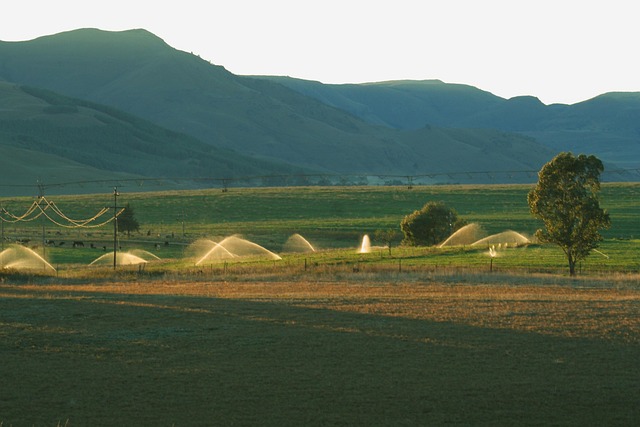
An Automatic Sprinkler System Installation Portland OR is a smart investment for any property owner looking to optimize their irrigation. These systems offer numerous benefits, including precise water distribution, efficient use of water resources, and significant cost savings compared to manual watering. By automating the process, you can ensure that your lawn, shrubs, and plants receive the exact amount of water they need, when they need it, promoting healthy growth without waste.
Proper maintenance is key to keeping your Automatic Sprinkler System Installation Portland OR running at peak efficiency. Regular checks should include inspecting sprinklers for clogs or damage, adjusting spray patterns as needed, and ensuring all valves are functioning correctly. Additionally, seasonal adjustments—like altering watering schedules during cooler months—can help maintain optimal performance. Remember, a well-maintained system not only saves water but also contributes to the overall health and aesthetics of your landscape.
When considering an automatic sprinkler system installation in Portland, OR, understanding local regulations, selecting the appropriate system for your property, and following a comprehensive installation guide are key steps. This article has equipped you with insights on navigating Portland’s guidelines, choosing the right system, and managing routine maintenance to ensure efficient irrigation—all vital aspects of an Automatic Sprinkler System Installation Portland OR. By embracing these practices, you’ll not only enhance your property’s landscape but also contribute to sustainable water usage.
